demcanes26
Freshman
- Joined
- Nov 6, 2011
- Messages
- 616
You can tell the people who actually watched the games. A & M didn't lose on the road, Arkansas and A & M play in Dallas.
Zone read was a huge part of his offense at Baylor and FAU but at Houston he rarely ran it. Seeing how D’Eriq King ran it here, I can see why. I don’t think any coordinator is going to rely on TVD’s legs to carry an offense but he showed he can run the zone read pretty well under Lashlee.With TVD, I would hope he reduces the read-option. I watched some of his games and someone posted a pretty great breakdown, too. There was a **** ton of read-option and I really don't see how that's perfectly applicable to our personnel. I suspect he'd adjust, but who knows.
Hes been there since 2019 for being such an Adult you definitely the one living a fantasy if you think Kendal has some special offense hes just waiting to unleash
Zone read was a huge part of his offense at Baylor and FAU but at Houston he rarely ran it. Seeing how D’Eriq King ran it here, I can see why. I don’t think any coordinator is going to rely on TVD’s legs to carry an offense but he showed he can run the zone read pretty well under Lashlee.
You can tell the people who actually watched the games. A & M didn't lose on the road, Arkansas and A & M play in Dallas.
Yep.Hmm, wasn’t king a more heavy RPO qb while here instead of a read zone guy?
Lashlee’s system is an RPO heavy system with zone read sprinkled in. King excelled in the RPO but really struggled making the correct read on the zone read handoff.Hmm, wasn’t king a more heavy RPO qb while here instead of a read zone guy?
Dude neither team was at home. I didn't think I would have to explain that too you.180 miles away is not a home game guy
Dude neither team was at home. I didn't think I would have to explain that too you.
You can tell the people who actually watched the games. A & M didn't lose on the road, Arkansas and A & M play in Dallas.
Great post I finally came into to read (mad late to the party)This may very well be moot since there's heavy smoke that Joe Brady will be hired as the OC, but I just want to educate some folks on here cause I've seen some REALLY poor takes RE: Briles over the past couple days. And there were at least some mentions of mutual interest between Mario and Kendal, so potentially if the Brady stuff is untrue or falls through, i REALLY hope we jump all over Briles. Again, I'm not saying he'd come or that Mario would have him, but there is an active thread that supposedly someone is reporting that there is mutual interest. And I want you guys to understand that, if the starts align somehow, this guy would be a MONSTER hire for us.
First of all, if you're just going to point to his performance with FSU, namely against us in 2019, as your only evidence that he sucks, please just hit "back" on your browser now and find another thread. But we'll get there in a minute.
First of all, his resume:
We all know he's Art's son, and we all know some shady **** went down at Baylor. That's irrelevant at this point, he's been vetted by multiple schools and I'm not going to be the moral police here. It was multiple years ago.. But Art is a ******* genius at calling offensive football, and Kendal is certainly a chip off the old block.
He played at Houston until 2005, and joined his daddy's staff in 2008. He worked at Baylor for 9 years, watching Art blow the doors off college football for years before he was promoted to the OC in 2015.
What did Baylor do in 2015? Oh, not much, they just led the entire county in PPG against FBS competition at 46.6 PPG, went 10-3, and won the Citrus Bowl.
In 2016, the **** hit the fan with the sexual assault scandal, Art was fired in the spring, and they brought in Jim Grobe to be the HC. The team floundered, they went 7-6, they were still a Top 30 offense but it wasn't the prolific ****-fest that we were used to in years past.
2017 comes, Baylor is obviously nuked, and Briles leaves to go to FAU to work with Lane. So here is where his sample size really begins to take shape, because I know people are going to say the Baylor stuff was just because of his dad and Art was the maestro there. In 2017, FAU starts slow, but ends the season 7th in the country in scoring offense (40.2 PPG) and 9th in the country in YPP. They win a conference championship, and a Bowl Game.
2018 rolls around, Briles is lured away from Boca and ends up at his Alma Mater, Houston, working under Major Applewhite. In his first and only season in Houston, they finish 7th in the country in scoring offense (41.8 PPG), and 12th in the country in YPP. Unfortunately, our boy Mark Onofrio is the DC there, and they only finish the year 7-6. Side note, they were 92nd in the country in YPP allowed under Onofrio. El oh el.
2019, Willie comes calling at FSU, so Kendal packs his bags to Tallahassee. Here is where we become most familiar with him, of course, and where this perceived bad reputation somehow stems from. In 2019, FSU was terrible, and Taggart was fired midway through the season. The offense was not great, but when you compare it to where it was the year before, in 2018, Briles actually improved it rather considerably. Mind you, it's widely believed that FSU had the literal worst offensive line in the entire P5, and one of probably the 5-10 worst in all of FBS. He inherited James Blackman and Alex Hornibrook. It's been widely reported that Taggart meddled in the offense constantly, since he knew he was on the hot seat rather quickly. And here is still what Briles did:
107 to 70 in YPP
112 to 74 in scoring offense
128 to 105 in YPC
127 to 93 in Rushing yards per game
94 to 39 in passer rating
97 to 49 in Offensive SP+
97 to 65 in Offensive FEI
Not too shabby when you consider where they were, Year 1, and what he was working with.
Then in 2020, he goes to Arkansas, and they finish 81st in the country in scoring offense, and 53rd in the country in YPP. Not great, but in 2021, those numbers go to 44th in the country in scoring offense, and 27th in YPP. **** of an improvement, and pretty impressive when you consider that in 2018, 2019, 2020, and 2021, Arkansas BEST recruiting class in the SEC was 9th out of 14 teams, and that was 2021. So his older kids, those classes ranked 11th, 10th, and 14th. Talent deficiencies across the board. I think we can all agree that Arkansas isn't out-talenting many teams in the SEC West. But look at the improvement from before he got there. In 2019, Arkansas was 103rd in the country in F+ offensive ranking, which basically combines SP+ and FEI, two of the leading advanced metrics out right now. 2020, the number rose to 56th. In 2021, they're currently 24th. ABSURD improvement.
So let's wrap it all up. Here's a look at where teams were before and after he was the OC at FAU, FSU, Houston, and Arkansas:
FAU 2016 (90th in F+) -- 2017 with Briles (21st) -- 2018 (64th)
Houston 2017 (51st in F+) -- 2018 with Briles (26th) -- 2019 (60th)
FSU 2018 (97th in F+) -- 2019 with Briles (61st) -- 2020 (83rd)
2019 Houston (103rd in F+) -- 2020 with Briles (56th) -- 2021 with Briles (24th)
So, literally EVERY SINGLE STOP he's had in his career, the offense was worse the year before he got there, improved when he was there, and declined as soon as he left. Every single time. And this doesn't even include the Baylor years, where they were perennially the best offense in the entire country. Bottom line, this dude is so **** legit. Can you imagine what he'd do in the ******* ACC Coastal with a massive talent advantage, a superstar QB, Alex Mirabal coaching his OL, the skill players we have here......good lord. I like Brady a lot, but honestly this dude is even more consistently proven than Brady is. He's called plays at this level for years, with eye-popping IMMEDIATE results. What more can you possibly want? Give this dude all our skill and speed and watch out.

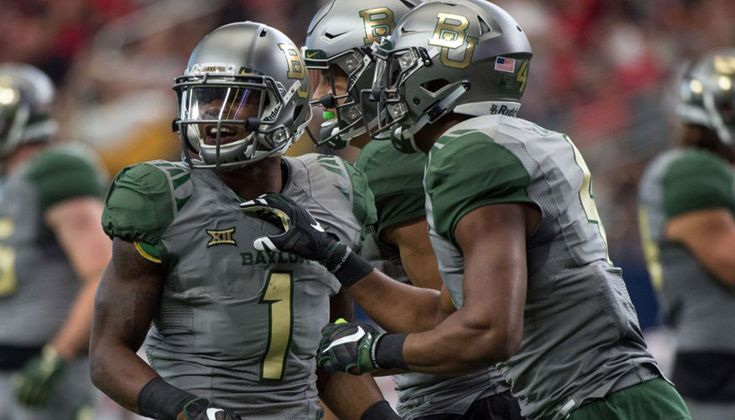
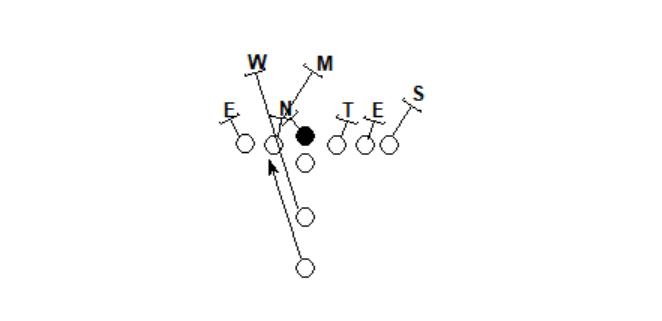
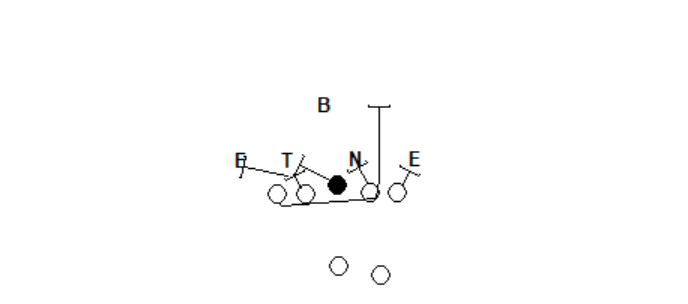
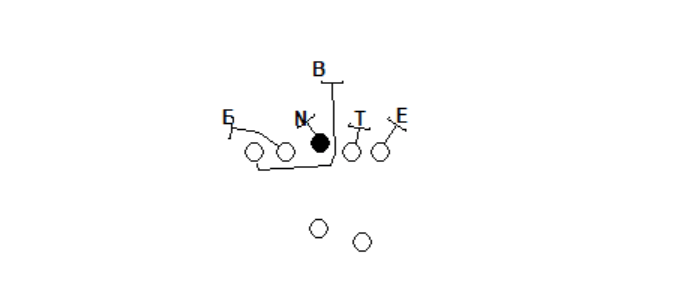
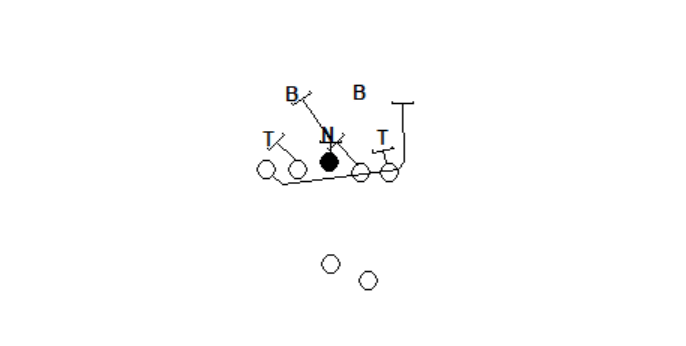
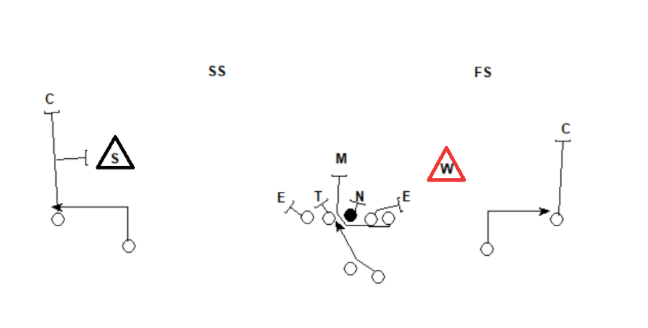
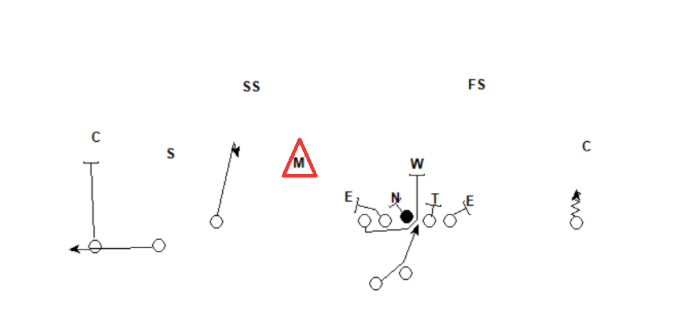
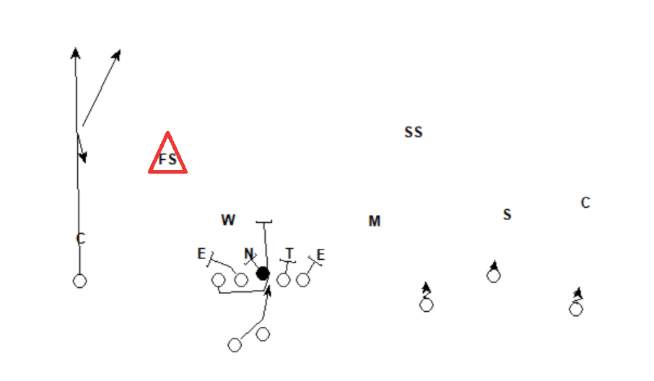
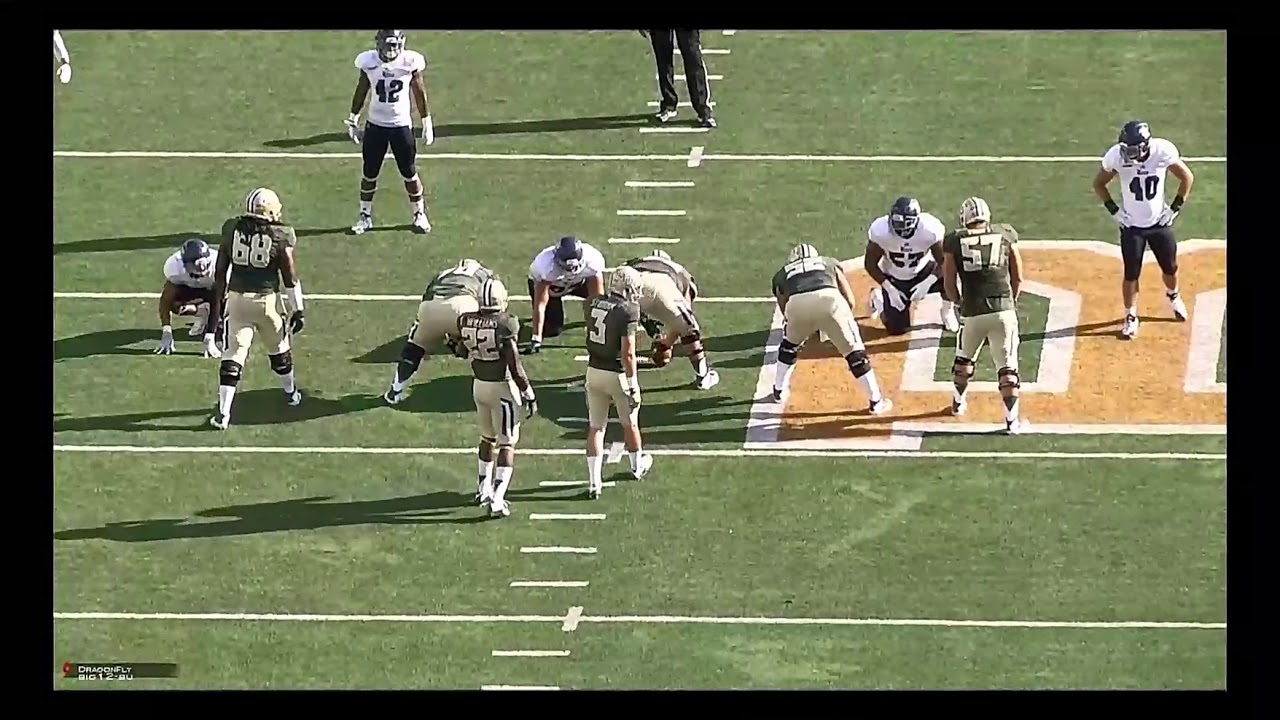
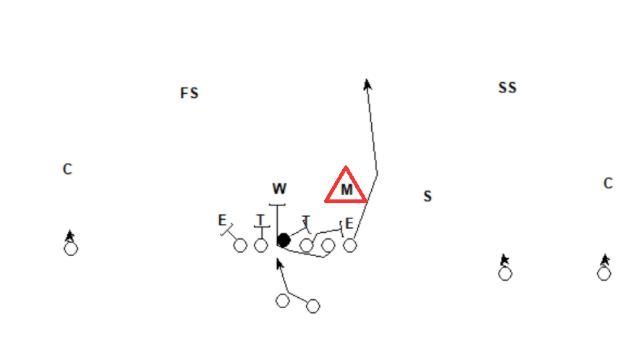
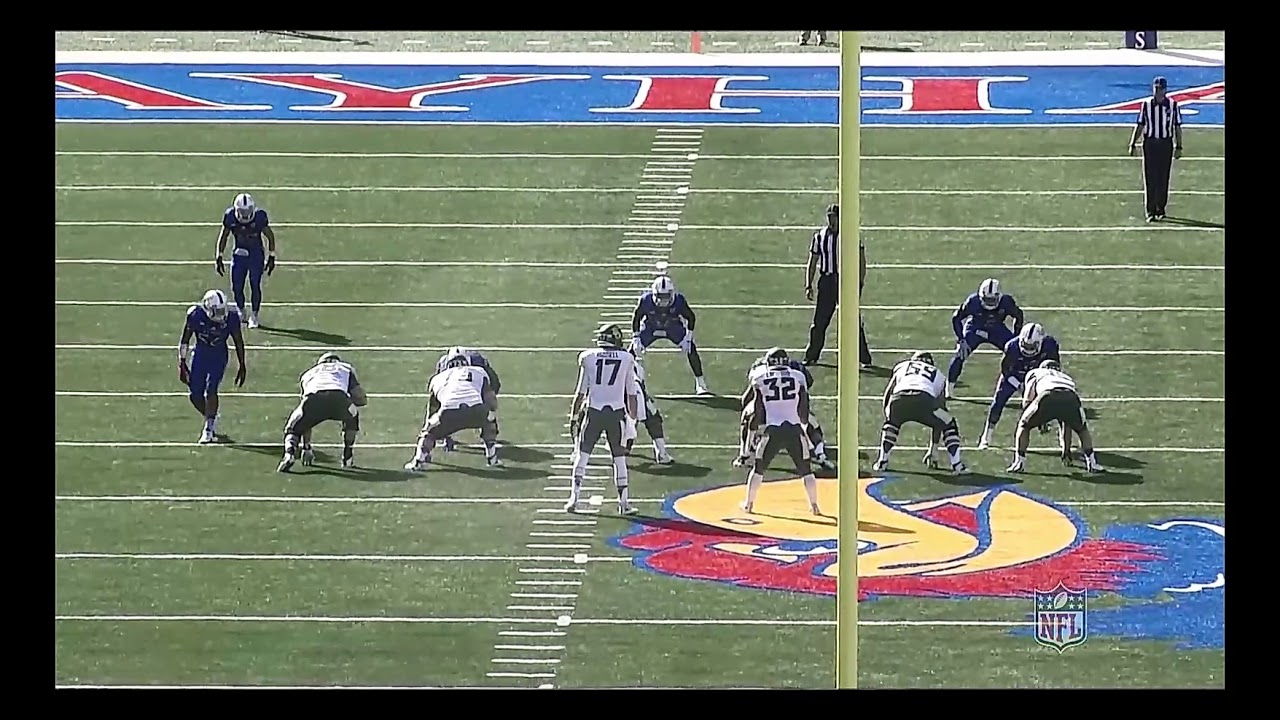
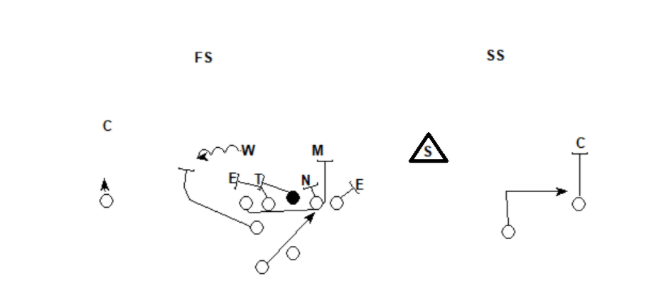
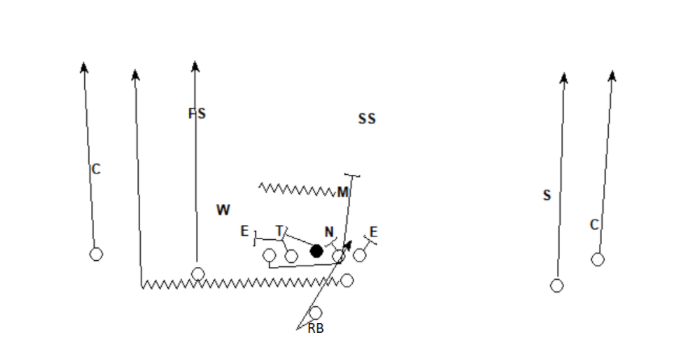
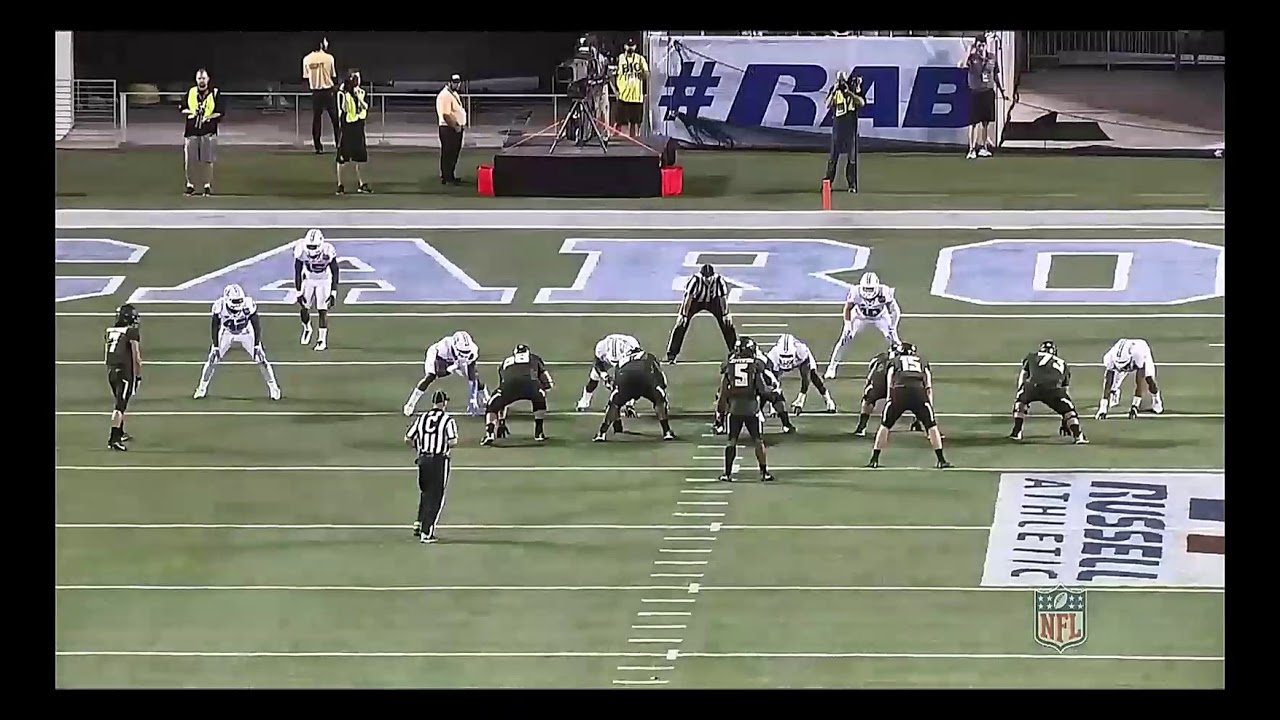

 rileykolstefootball.com
rileykolstefootball.com
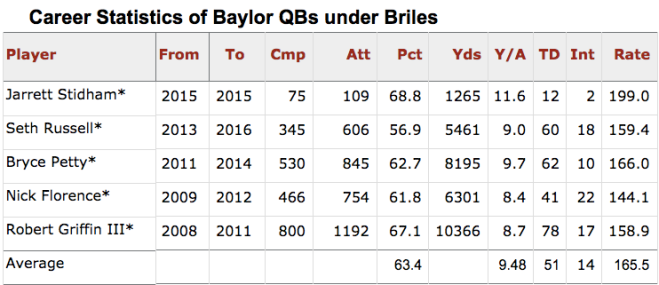


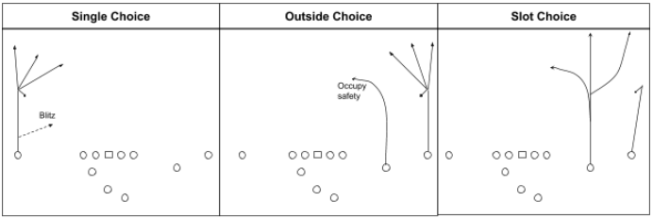

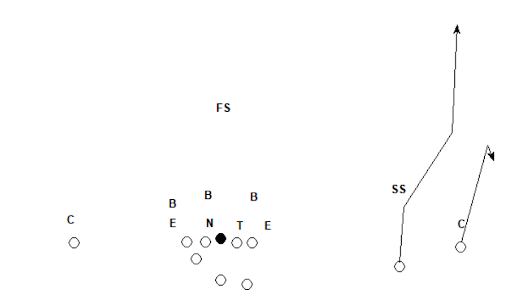
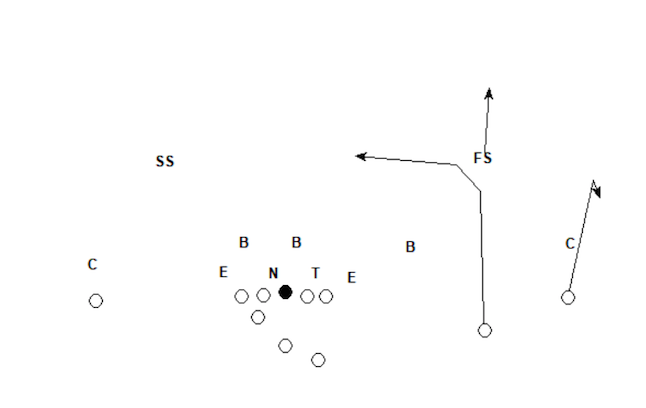
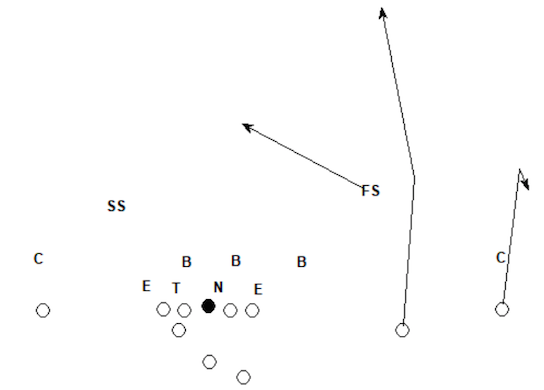
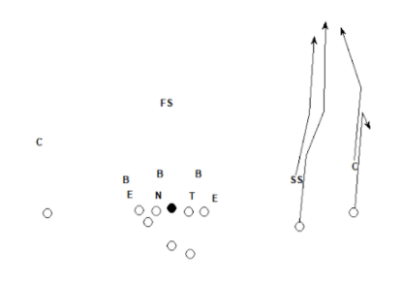
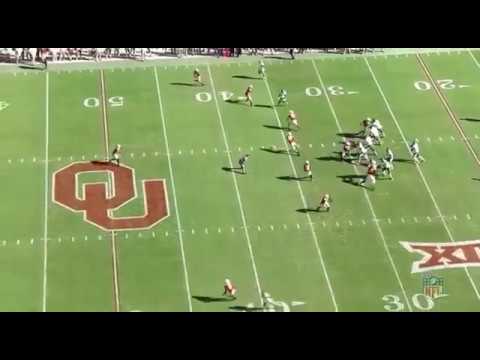

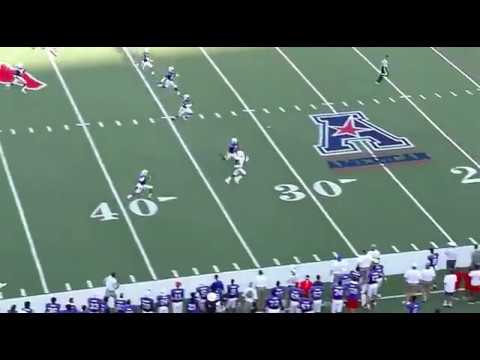
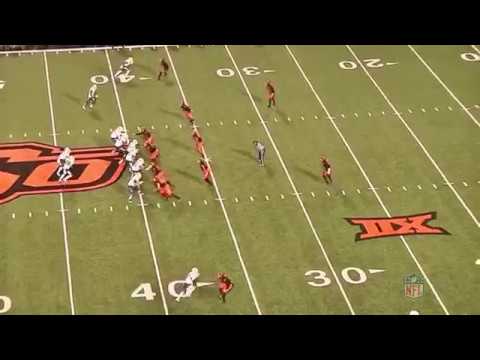
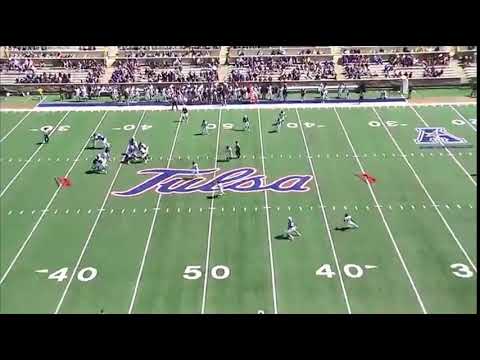
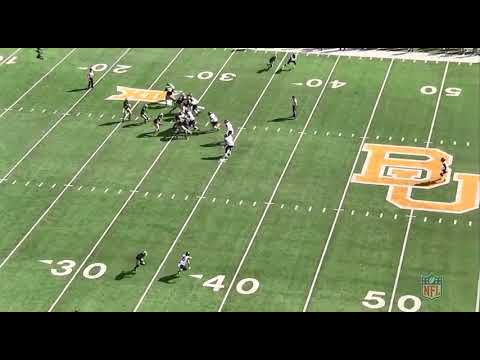
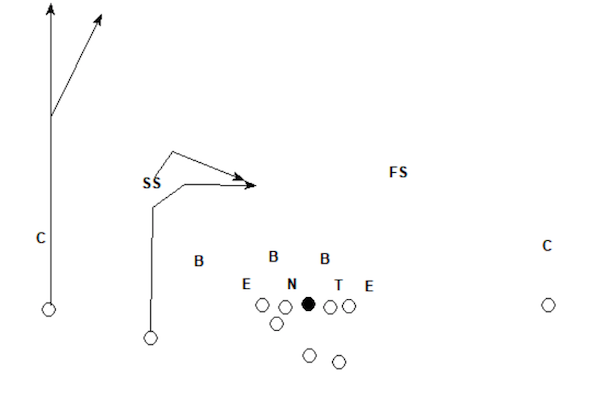
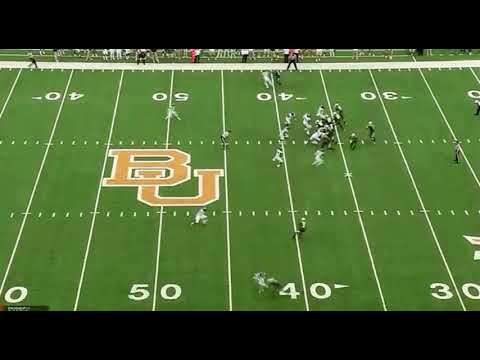
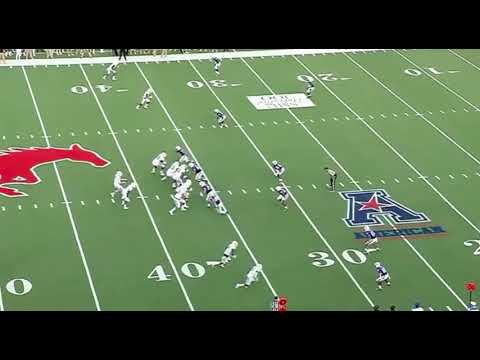
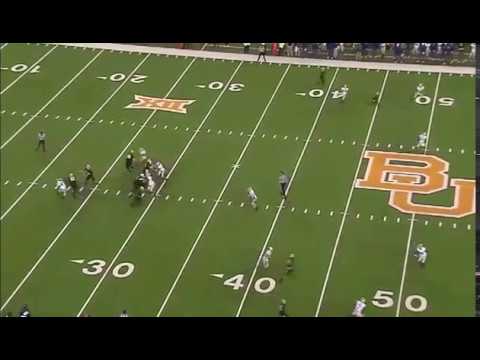
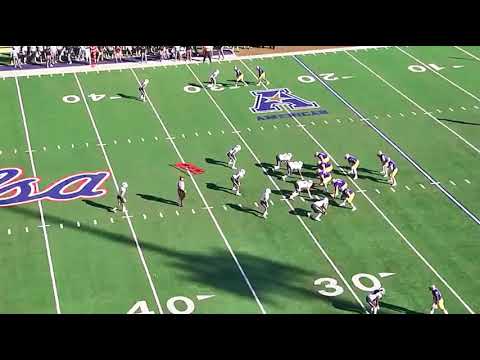
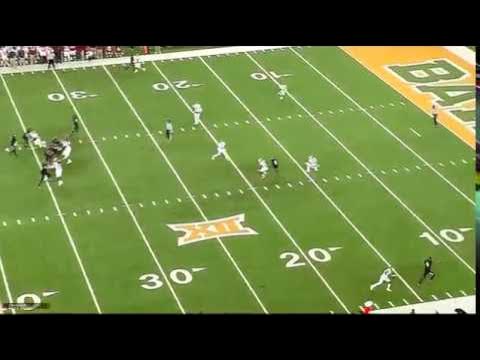

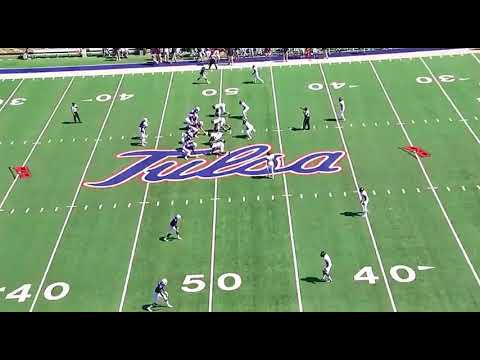
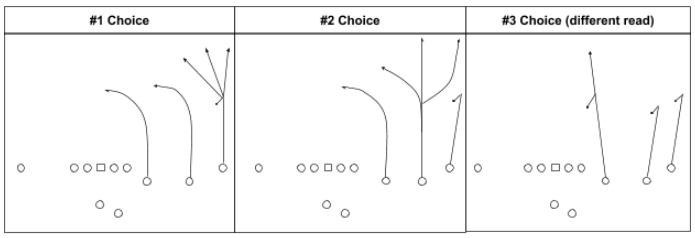
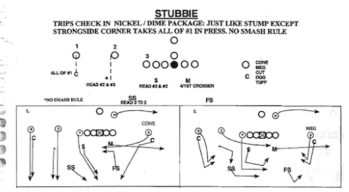
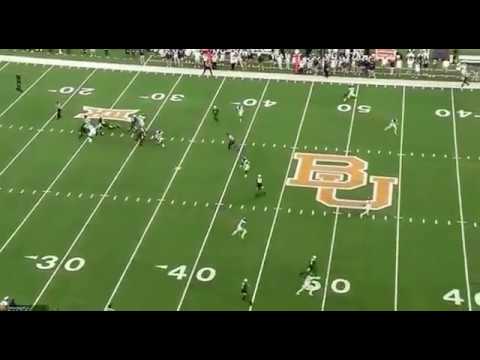
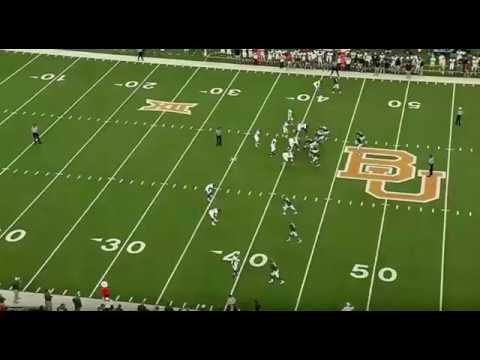
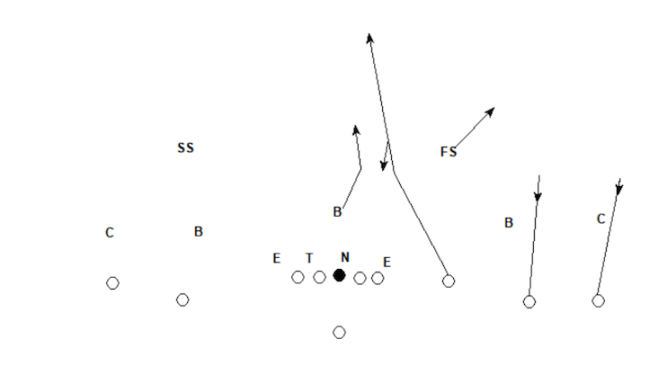
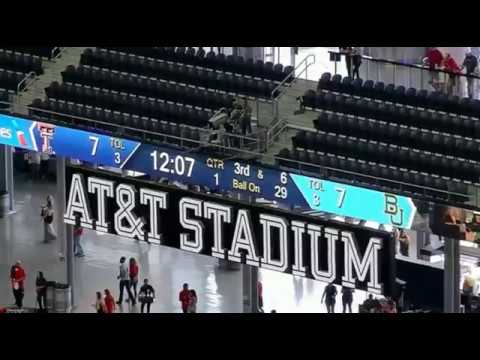
Kendal Briles was calling plays in 2015Why is everyone posting articles and videos about Art Briles, i thought we were hiring Kendal Briles?
SoldThis may very well be moot since there's heavy smoke that Joe Brady will be hired as the OC, but I just want to educate some folks on here cause I've seen some REALLY poor takes RE: Briles over the past couple days. And there were at least some mentions of mutual interest between Mario and Kendal, so potentially if the Brady stuff is untrue or falls through, i REALLY hope we jump all over Briles. Again, I'm not saying he'd come or that Mario would have him, but there is an active thread that supposedly someone is reporting that there is mutual interest. And I want you guys to understand that, if the starts align somehow, this guy would be a MONSTER hire for us.
First of all, if you're just going to point to his performance with FSU, namely against us in 2019, as your only evidence that he sucks, please just hit "back" on your browser now and find another thread. But we'll get there in a minute.
First of all, his resume:
We all know he's Art's son, and we all know some shady **** went down at Baylor. That's irrelevant at this point, he's been vetted by multiple schools and I'm not going to be the moral police here. It was multiple years ago.. But Art is a ******* genius at calling offensive football, and Kendal is certainly a chip off the old block.
He played at Houston until 2005, and joined his daddy's staff in 2008. He worked at Baylor for 9 years, watching Art blow the doors off college football for years before he was promoted to the OC in 2015.
What did Baylor do in 2015? Oh, not much, they just led the entire county in PPG against FBS competition at 46.6 PPG, went 10-3, and won the Citrus Bowl.
In 2016, the **** hit the fan with the sexual assault scandal, Art was fired in the spring, and they brought in Jim Grobe to be the HC. The team floundered, they went 7-6, they were still a Top 30 offense but it wasn't the prolific ****-fest that we were used to in years past.
2017 comes, Baylor is obviously nuked, and Briles leaves to go to FAU to work with Lane. So here is where his sample size really begins to take shape, because I know people are going to say the Baylor stuff was just because of his dad and Art was the maestro there. In 2017, FAU starts slow, but ends the season 7th in the country in scoring offense (40.2 PPG) and 9th in the country in YPP. They win a conference championship, and a Bowl Game.
2018 rolls around, Briles is lured away from Boca and ends up at his Alma Mater, Houston, working under Major Applewhite. In his first and only season in Houston, they finish 7th in the country in scoring offense (41.8 PPG), and 12th in the country in YPP. Unfortunately, our boy Mark Onofrio is the DC there, and they only finish the year 7-6. Side note, they were 92nd in the country in YPP allowed under Onofrio. El oh el.
2019, Willie comes calling at FSU, so Kendal packs his bags to Tallahassee. Here is where we become most familiar with him, of course, and where this perceived bad reputation somehow stems from. In 2019, FSU was terrible, and Taggart was fired midway through the season. The offense was not great, but when you compare it to where it was the year before, in 2018, Briles actually improved it rather considerably. Mind you, it's widely believed that FSU had the literal worst offensive line in the entire P5, and one of probably the 5-10 worst in all of FBS. He inherited James Blackman and Alex Hornibrook. It's been widely reported that Taggart meddled in the offense constantly, since he knew he was on the hot seat rather quickly. And here is still what Briles did:
107 to 70 in YPP
112 to 74 in scoring offense
128 to 105 in YPC
127 to 93 in Rushing yards per game
94 to 39 in passer rating
97 to 49 in Offensive SP+
97 to 65 in Offensive FEI
Not too shabby when you consider where they were, Year 1, and what he was working with.
Then in 2020, he goes to Arkansas, and they finish 81st in the country in scoring offense, and 53rd in the country in YPP. Not great, but in 2021, those numbers go to 44th in the country in scoring offense, and 27th in YPP. **** of an improvement, and pretty impressive when you consider that in 2018, 2019, 2020, and 2021, Arkansas BEST recruiting class in the SEC was 9th out of 14 teams, and that was 2021. So his older kids, those classes ranked 11th, 10th, and 14th. Talent deficiencies across the board. I think we can all agree that Arkansas isn't out-talenting many teams in the SEC West. But look at the improvement from before he got there. In 2019, Arkansas was 103rd in the country in F+ offensive ranking, which basically combines SP+ and FEI, two of the leading advanced metrics out right now. 2020, the number rose to 56th. In 2021, they're currently 24th. ABSURD improvement.
So let's wrap it all up. Here's a look at where teams were before and after he was the OC at FAU, FSU, Houston, and Arkansas:
FAU 2016 (90th in F+) -- 2017 with Briles (21st) -- 2018 (64th)
Houston 2017 (51st in F+) -- 2018 with Briles (26th) -- 2019 (60th)
FSU 2018 (97th in F+) -- 2019 with Briles (61st) -- 2020 (83rd)
2019 Houston (103rd in F+) -- 2020 with Briles (56th) -- 2021 with Briles (24th)
So, literally EVERY SINGLE STOP he's had in his career, the offense was worse the year before he got there, improved when he was there, and declined as soon as he left. Every single time. And this doesn't even include the Baylor years, where they were perennially the best offense in the entire country. Bottom line, this dude is so **** legit. Can you imagine what he'd do in the ******* ACC Coastal with a massive talent advantage, a superstar QB, Alex Mirabal coaching his OL, the skill players we have here......good lord. I like Brady a lot, but honestly this dude is even more consistently proven than Brady is. He's called plays at this level for years, with eye-popping IMMEDIATE results. What more can you possibly want? Give this dude all our skill and speed and watch out.
Lol. Stop it. It's a neutral site game.FINALLY so now you admit it was a road game after saying they didnt lose a road game. read what you post